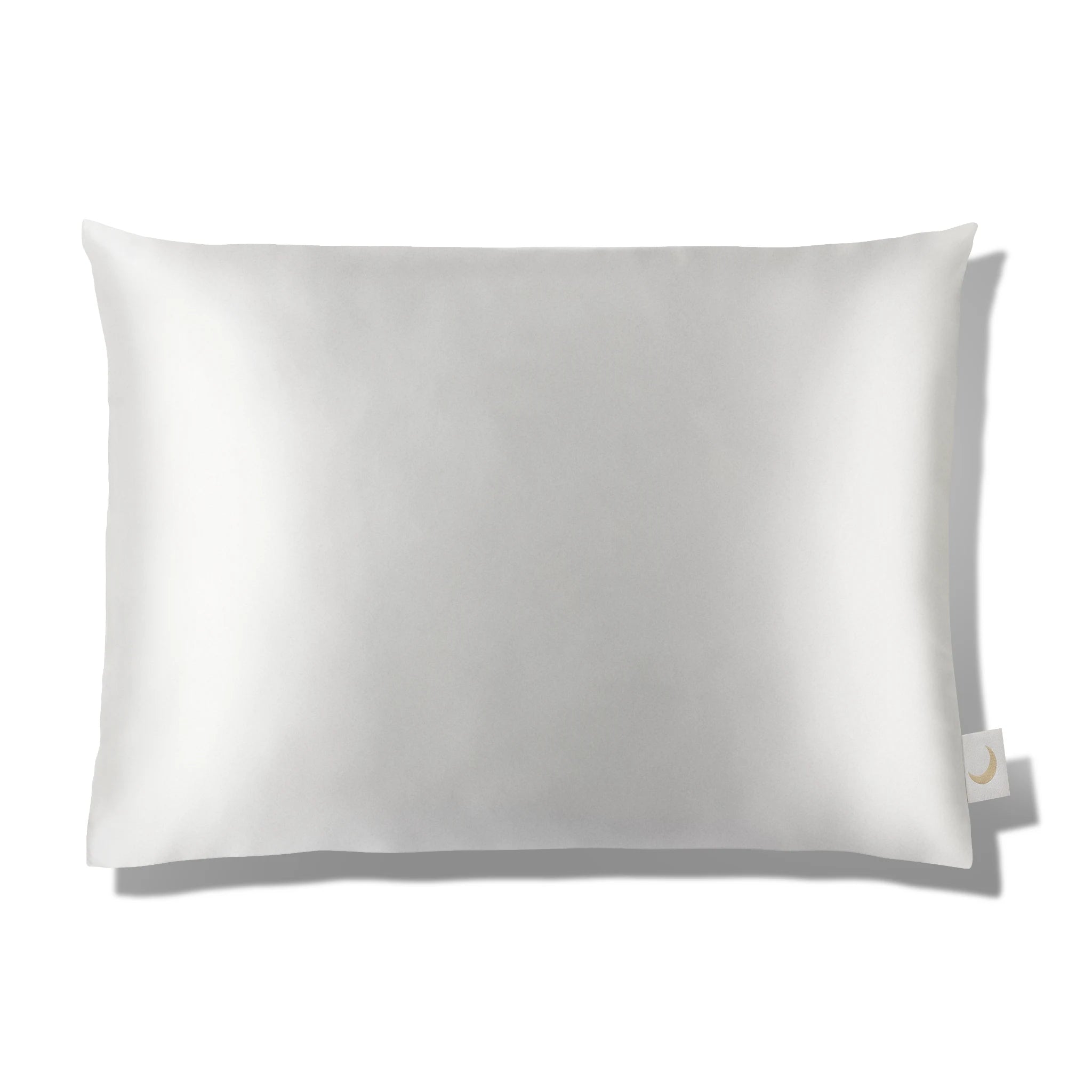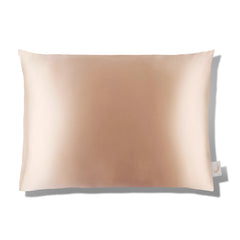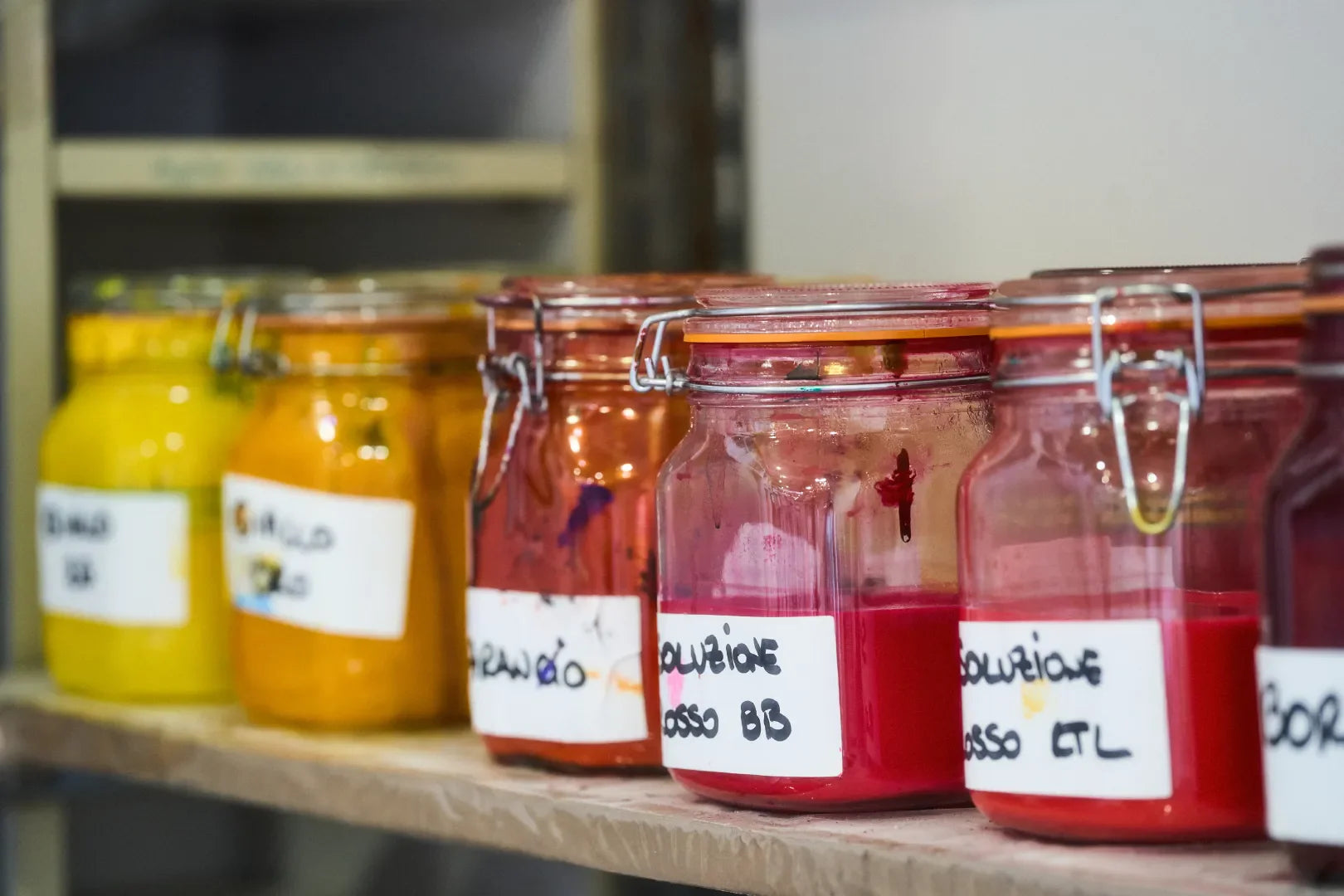Dyeing for change: Greening our sleep for a better tomorrow
Why use organic dyes? Conventional industrial textile dyeing is one of the biggest polluters of the environment, the health of garment workers and us consumers. Let us take a closer look at the environmental and health impacts and the alternatives we have as producers and consumers to make a real impact for a better future.
Textile dyes and their environmental impact
The textile industry is thought to be responsible for up to 10% of global greenhouse gasses, significant pollution, impacts on biodiversity and water consumption of 215 trillion liters per year[1].
Water: The global textile industry is considered the second largest polluter of clean water resources. Water pollution is caused by industrial substances such as textile dyes and textile finishes. Textile dyeing contributes up to 20% of industrial water pollution, with millions of tons of toxic wastewater being discharged annually.
Air: The release of volatile organic compounds and the high energy requirements of the dyeing process contribute to air pollution and greenhouse gas emissions.
Soil: Contaminated sludge and waste from dyeing processes lead to soil contamination and long-term environmental damage.
Overall, pollution from conventional textile dyes is a major environmental concern, leading to increased interest in sustainable alternatives such as organic dyes, stricter regulations and improved wastewater treatment practices.
Chemical spills – are there potential hazards of chemicals in our textiles?
Worker health: Workers and nearby communities face serious health risks from exposure to toxic chemicals in dyes.
Consumer health: The use of harsh chemicals has been linked to a range of health problems, from headaches to chronic disease, cancer, reproductive harm and endocrine disruption.
Approximately 40,000 to 60,000 industrial chemicals are in commercial use worldwide[2]. Only 33 of these are banned in textiles in the EU[3]. Common chemicals used in the textile industry are considered carcinogenic, toxic, are known endocrine disruptors and can cause reproductive disorders[4]. A Harvard study found a significant link between textiles and skin rashes, itchy eyes, sore throats, shortness of breath and other health complaints[5]. Twenty-nine percent of textile workers in a study from Beijing suffered from work-related contact dermatitis[6]. Unlike in the food industry, there is no obligation for textiles to have a list of the substances used. Through long-term contact with the skin or through breathing[7], textile chemicals can enter our organism and be detected in the blood, lymphatic system and organs[8|.
This poses a risk not only for the end consumer, but especially for all textile workers along the supply chain. In the conventional textile industry, it is largely located in developing countries where labor rights are not developed in the Western sense[9]. Nevertheless, we consume products from these supply chains and benefit from low costs. Our Western world is subject to a cognitive dissonance: on the one hand, our values speak out against child labor, exploitation and environmental pollution; on the other hand, there is a wide consumer demand for cheap, ever new products.
Organic dyes and botanical dyes as alternatives to conventional dyes
In the textile industry, the choice of dyes can have a significant impact on both the final product and the environment. Here's a comparison of conventional fabric dyes, certified organic dyes and botanical dyes, including their environmental impact:
1. Conventional Fabric Dye
Composition: Conventional dyes are typically synthetic, often derived from petrochemicals and other chemical compounds. These dyes include various types like acid dyes, disperse dyes, reactive dyes, and direct dyes, each suited for different fabric types.
Process: The dyeing process often requires a high amount of water, energy, and chemicals, including mordants, fixatives, and solvents. After dyeing, the effluent (wastewater) often contains residual chemicals, heavy metals, and dye particles, which can be harmful if not properly treated.
Water Pollution: The dyeing process is a significant contributor to water pollution. Untreated or poorly treated wastewater from dyeing can contaminate local water sources, harming aquatic life and communities.
Chemical Usage: The chemicals used can be toxic and persistent in the environment, leading to soil and water contamination.
Carbon Footprint: The production and application of synthetic dyes involve significant energy use, contributing to greenhouse gas emissions.
Sustainability Concerns: Conventional fabric dyes are often criticized for their environmental and health impacts, prompting a push for more sustainable alternatives.
2. Certified Organic Dye
There is a wide range of sustainable textile certifications with various degrees and definitions of what sustainability means, read on about the most common ones in this article. Moonchild relies on the strictest third party certificate GOTS and dyes in Como in Italy to ensure reliability of Europe’s strict regulations. GOTS ensures a ban on toxic and harmful chemicals, such as PFAS[10].
Composition: Certified organic dyes are derived from sources that are classified as safe to use. Certification standards exclude a wide range of chemicals or restrict their usage to certain thresholds. These dyes are free from synthetic chemicals, toxic heavy metals, and GMOs.
Process: Organic dyeing processes emphasize the use of non-toxic, biodegradable ingredients. The water and energy used are also often subject to more stringent controls to minimize environmental impact.
Reduced Pollution: Organic dyes are generally less harmful to the environment, as they avoid synthetic chemicals and often use less water.
Biodegradability: The natural components of organic dyes are more likely to break down harmlessly in the environment.
Lower Toxicity: The absence of toxic chemicals in organic dyes reduces the risk of water and soil contamination.
Sustainable Practices: Certified organic dyes are typically part of a broader commitment to sustainability, including responsible sourcing and manufacturing practices.
Sustainability Benefits: Organic dyes are seen as a more sustainable option, offering reduced environmental impact and a safer alternative for workers and consumers. Check Moonchild silk pillowcases dyed with organic dye here.
3. Botanical Dye
Composition: Botanical dyes are derived entirely from plant sources, such as leaves, roots, flowers, bark, and fruits. These dyes are the oldest forms of dyeing and have been used for thousands of years. They have yet to make it into industrial use as they are more common for small-scale use.
Process: The dyeing process is typically low-impact, using natural mordants like alum (a mineral) or tannins (from plants) to fix the color. Dyeing with botanical dyes often involves traditional, small-scale methods, although larger-scale production is also possible.
What is the environmental impact?
Minimal Pollution: Botanical dyes produce little to no harmful wastewater, and any waste produced is generally non-toxic and biodegradable. To maintain these environmental benefits, it's essential to use organic mordants.
Renewable Resources: As plant-based dyes come from renewable resources, they can be harvested sustainably or even food waste can be used.
Lower Energy Use: The dyeing process can be less energy-intensive compared to synthetic dyes, especially when done on a small scale.
Land Use: Large-scale production could lead to land use issues if not managed sustainably, as it may compete with food production or lead to deforestation.
Sustainability Considerations: Botanical dyes are highly valued for their minimal environmental impact and their capacity to bridge contemporary textile production with traditional artisanal techniques. They provide a distinctive, natural color palette, although the colorfastness and vibrancy of the hues can vary depending on the mordants used.
Moonchild only uses a patented and unique process to reach the same color fastness as conventional dyes while still using 100% natural ingredients: the pectin of hemp. Check the Moonchild botanical dye bedding here.
Summary and environmental impact
1. Conventional fabric dyeing
Chemical-based dyes have a high environmental cost, contributing to water pollution, chemical waste, a significant carbon footprint and potential health risks. Despite these drawbacks, conventional synthetic dyes remain dominant, with estimates suggesting that over 90% of textile dyeing uses these synthetic options.
2. Certified Organic Dye
Natural-based and meeting organic certification standards, certified organic dyes reduce environmental impact by avoiding toxic chemicals, improving biodegradability and supporting sustainable practices. However, they still represent a smaller segment of the market, accounting for approximately 5-10% of global textile dyeing.
3. Botanical dyes
Botanical dyes are derived from plants and offer the lowest environmental impact. They use natural, biodegradable ingredients and require less energy. Predominantly used in small-scale artisanal textiles and eco-friendly product lines, botanical dyes account for less than 5% of global textile production.
The choice between these types of dyes depends on factors such as environmental priorities, cost considerations and desired aesthetic qualities. While chemical dyes dominate industrial textile production, there is a growing shift toward more sustainable and organic dyeing practices. Although less common, botanical dyes offer significant environmental and health benefits that make them worthy of consideration. As consumers, we can influence the market by supporting eco-conscious choices and encouraging greater demand for sustainable practices.
Sources:4. Alden Wicker (2023). To dye for: how toxic fashion is making us sick and how we can fight back. G.P. Putnam's Sons.5. McNeely E, Staffa SJ, Mordukhovich I, Coull B (2018). Symptoms related to new flight attendant uniforms. BMC Public Health. https://pubmed.ncbi.nlm.nih.gov/29295715/#full-view-affiliation-16. Chen YX, Cheng HY, Li LF (2017). Prevalence and risk factors of contact dermatitis among clothing manufacturing employees in Beijing: A cross-sectional study. https://www.ncbi.nlm.nih.gov/pmc/articles/PMC5371456/7. Overdahl, E. (2021). Characterizing Exposure and In Vitro Effects of Azobenzene Disperse Dyes in the Indoor Environment https://dukespace.lib.duke.edu/dspace/handle/10161/243878. Alden Wicker (2023). To dye for: how toxic fashion is making us sick and how we can fight back. G.P. Putnam's Sons.9. Paul David Blanc (2016). Fake silk: the lethal history of viscose rayon. Yale university press.



















